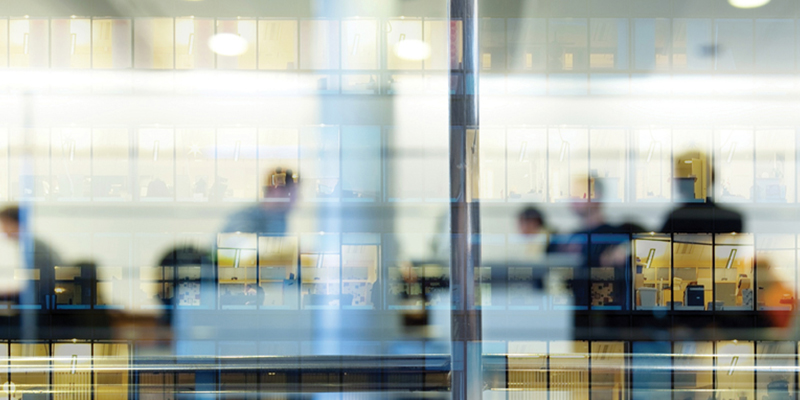As commercial real estate leaders, we can transform cities, neighborhoods, and communities. With COVID-19 restrictions loosening in most places, the resilience that has defined the building industry over the past two years is beginning to pay off.
We are seeing optimistic planning and investments in projects that will redefine the built environment and respond to the new ways that people live and work. Not only health and well-being, but how and where we spend our time, have gained higher priority. The spaces and places we live, work and play have taken on a greater importance.
As mask mandates subside and cities reopen, it feels that we are on the verge of a true re-emergence with a much clearer understanding of what people currently value and prioritize in their lives. The path forward is the one designed with people at the center.
Tackling the world’s biggest challenges
There is a sense of urgency — but also new clarity — to the challenges we face. Challenges remain around climate action, inclusivity and global conflict. Slowing the recovery are the lasting impacts of COVID-19 such as supply chain restrictions, workforce shortages, mental health Issues and rising costs. There is a growing awareness of the impact of carbon emissions on the environment, including from building construction and performance.
As an industry, we must have a call to action to achieve carbon neutrality for both the operating and embodied carbon in our buildings. This is not a distant goal for the next generation to solve — this is our challenge and up to us to act now as time is running out.
A new era of human experience
As humans, we crave experiences: being together with family and friends, visiting new places, listening to live music, learning something new or sampling the new menu at our favorite restaurant. At our core, we want connection, exploration, interaction and variety.
Physical spaces are the venues for these experiences. We long for those places that we couldn’t visit over the last two years. People desire fresh, authentic experiences from the places they visit.
Moving forward, the human experience will be defined by the places where we choose to spend time, the communities where we live, and the spaces where we work. Real estate’s value will be directly tied to how we experience these spaces — and how well it meets our needs and expectations. The potential to provide great experiences for people will drive value.
The workplace takes on new meaning
Nowhere is this truer than the workplace. The pandemic created fundamental shifts in how we work, while also driving a major shift in employee expectations. According to a survey by PwC of 1,000 U.S. workers, some 65% are looking for a new job. Competition for talent is at an all-time high, and until companies can fully staff up, they remain in limbo. The physical workplace can play an important role in attracting and retaining top talent.
Over the course of the pandemic, Gensler conducted 11 global surveys at different intervals to understand how employee preferences and company expectations were evolving and changing. In a time of increased hybrid work and flexible work schedules, the physical workplace matters more than ever.
In our U.S. Workplace Survey Summer 2021 research, we uncovered that top-performing companies prefer the office for almost all work activities with team collaboration, creative and ideation tasks, and deep concentrative work in the top activities. Top-performing companies are investing in creating spaces to not only support this work, but to support the health, happiness, productivity and overall well-being of their employees. They desire to provide a workplace that can help strengthen their innovation network and culture, and can encourage coaching and learning that naturally happens when people come together. Because of this, top-performing companies are three times as likely to increase their real estate footprint three years from now.
This next year, and likely years to come, will be about experimenting, piloting, and learning how spaces can support new ways of working and what places work best for people – both in and out of the office. It is an opportunity to not go back to what was, but rethink and explore what could be.
How can we create better experiences? How can we solve for equity and inclusion? How can this project also be healthy and carbon neutral?
By reimagining the office as a compelling destination where people want to be, and by creating a place that embodies company values and culture, companies can attract new talent while inviting existing employees back into an environment that truly prioritizes the human experience.













